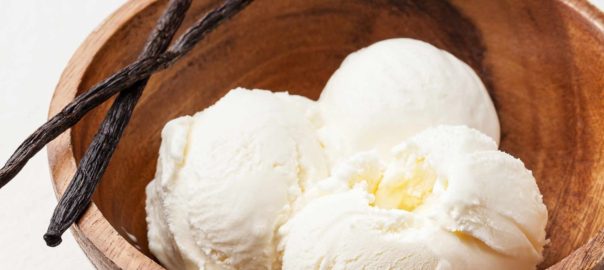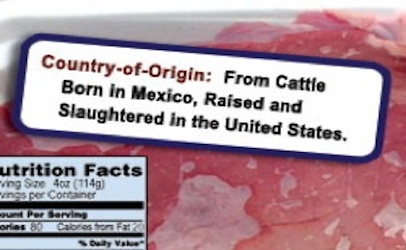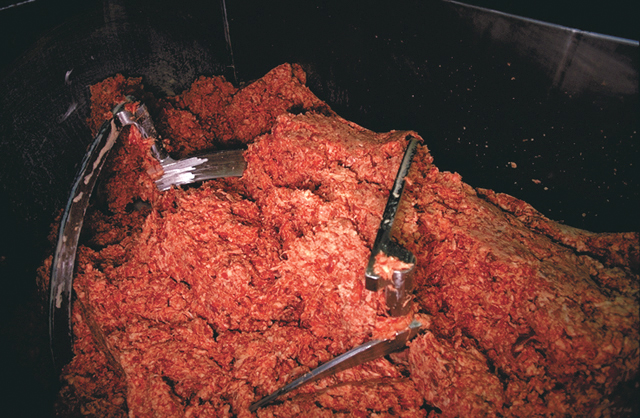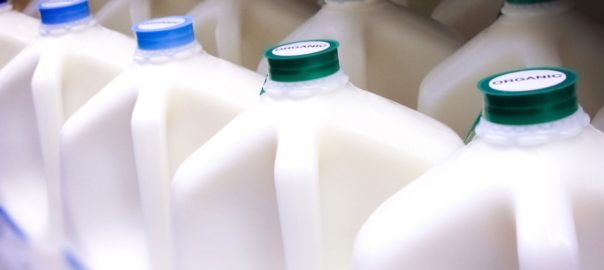Ah, those lazy, hazy, crazy days of summer. Hot, humid, sweltering temperatures just beg for you to stop and enjoy a cold frozen confection. Ice cream, just the thing to cool you off. Or not.
Why is antifreeze in ice cream?
If you are looking for a cool summer treat you may want to consider making your own frozen confections. It turns out that there is a little-known ingredient called propylene glycol hiding out in your ice cream.
Considered a "non-toxic" antifreeze (as opposed to ethylene glycol which is highly toxic) many manufacturers use it in a wide variety of foods, especially ice cream. While it prevents your car from freezing it also keeps your ice cream smooth and prevents ice crystals from forming. Homemade ice cream turns fairly hard once frozen completely but this doesn't seem to happen with a lot of commercial ice creams. Now you know why.
Looking for it on the label provides an even bigger shock. Propylene glycol is not listed. Why? It turns out there is a little-known USDA regulation that covers incidental food additive labeling. This labeling allows the manufacturers to not include this ingredient on the label. My research so far seems to indicate that propylene glycol is covered under this regulation.
Health risks of propylene glycol
Unfortunately, it does not take into effect the "ick" factor (after all who really wants to eat anti-freeze, even if it is the "non-toxic" variety?). Nor does it take into effect the fact that there are people who are highly sensitive to the substance. While I don't know how much propylene glycol is in ice cream I'm assuming it's not a huge amount. However, if you eat a lot of ice cream, or frosting, or other foods that contain it you could be getting a significant exposure.
Apparently, people who suffer from vulvodynia and interstitial cystitis can be particularly sensitive. It's known to cause skin problems when it appears in lotions, asthma or other allergies in children exposed through airborne sources, and large doses administered orally have been been shown to have a depressive effect on the central nervous system in animals. The challenge with the large dose testing is that because it's not labeled we do not know how much we may potentially be exposed to through ingestion or through osmotic skin absorption.
Avoiding propylene glycol
What can you do to avoid it? That's not so easy since it's not labeled.* Still want those creamy, cool summer treats? Consider making your own. Here are a few recipes that really hit the spot when the temperatures are climbing outside.
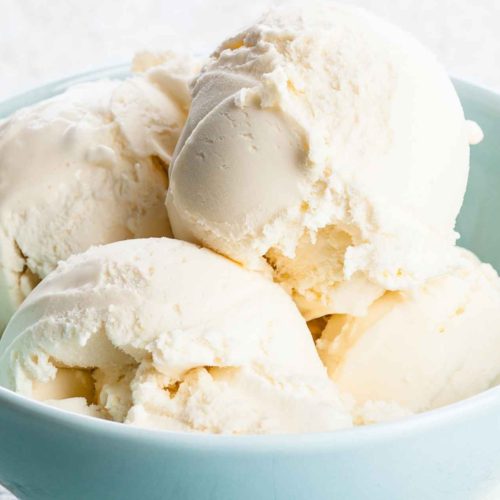
Vanilla Ice Cream
Ingredients
- 3 egg yolks
- 1/2 cup maple syrup
- 1 tablespoon vanilla extract
- 1 tablespoon arrowroot
- 3 cups heavy cream, (NT prefers raw, not ultra-pasteurized)
Instructions
- Beat egg yolks and blend in remaining ingredients.
- Pour into an ice cream maker and process according to instructions.
- For ease of serving, transfer ice cream to a shallow container, cover and store in the freezer.
Notes
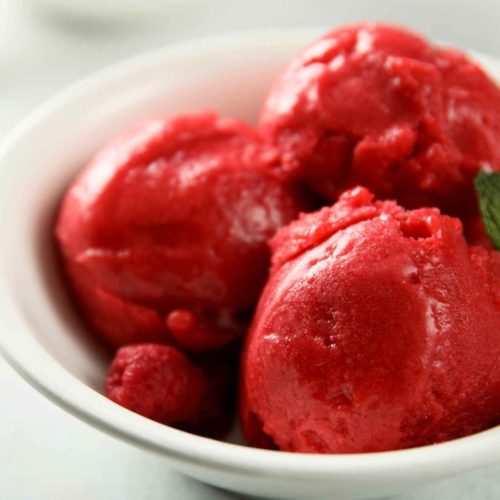
Strawberry or Raspberry Water Ice
Ingredients
- 1 lb. strawberries or raspberries
- 1 cup sugar
- 1-2 cups water
- juice of 1 lemon
- juice of 1 orange
- 5 tablespoons orange liqueur, or kirsch
- 2 egg whites (optional)
Instructions
- Put the fruit through a blender
- Make a syrup of the sugar and 1/2 cup water
- When it is cool add the puree and strain
- Flavor to taste with lemon juice
- Dilute with the extra water if required
- Pour into a container, stirring the frozen sides of the mixture into the more liquid middle part every so often. With shallow trays this needs to be done every half hour; deep boxes can be left longer
- In 2-3 hours, the time depends on the depth of the mixture, you will have a thick mush of iced granules, called a granita
- In 3-4 hours you will have a firm but not impenetrable block of water ice ready to be turned into sorbet
- Beat the egg whites in a large bowl until they're stiff
- Add spoonfuls of ice gradually, if properly done the mixture blow up to a mass of white foam
- Refreeze in a larger container until the sorbet has the consistency of firm snow
- Add the liqueur gradually at the end during the last stirring; with the sorbet add when ice and beaten egg white are mixed together
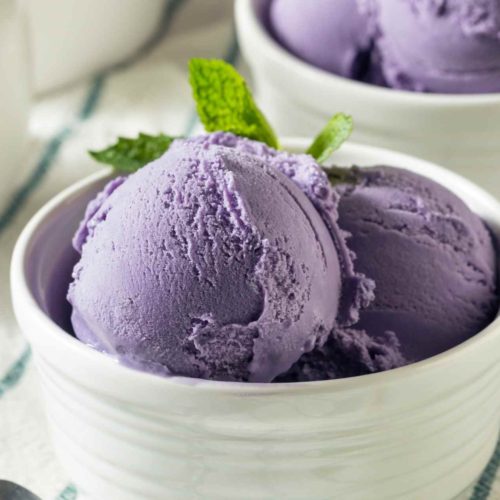
2-Ingredient Ice Cream
Ingredients
- 1 can Native Forest organic coconut milk
- 1 pound frozen fruit
- 1/2 tsp. vanilla (optional)
Instructions
- Add all ingredients in order into the blender
- Blend until completely mixed (using tamper if necessary) -- approximately 1 minute
Side note: as an outcome of my research I did manage to find an online source for propylene glycol free flavoring.
*Some manufacturers, in an effort to meet consumers desire for more transparency are including propylene glycol on their label. This is, in my opinion, a good thing as it makes it easier to see that they're using it. However just because some manufacturers are disclosing it doesn't mean that many others use it but fail to disclose. In this case it's still best to make your own ice cream.

